In Artinis NIRS blog, you will find the latest trends in (f)NIRS, NIRS studies and applications, tutor from the leaders of near infrared spectroscopy, not to mention detailed insights and tips and tricks for your research!
Search blog post topic
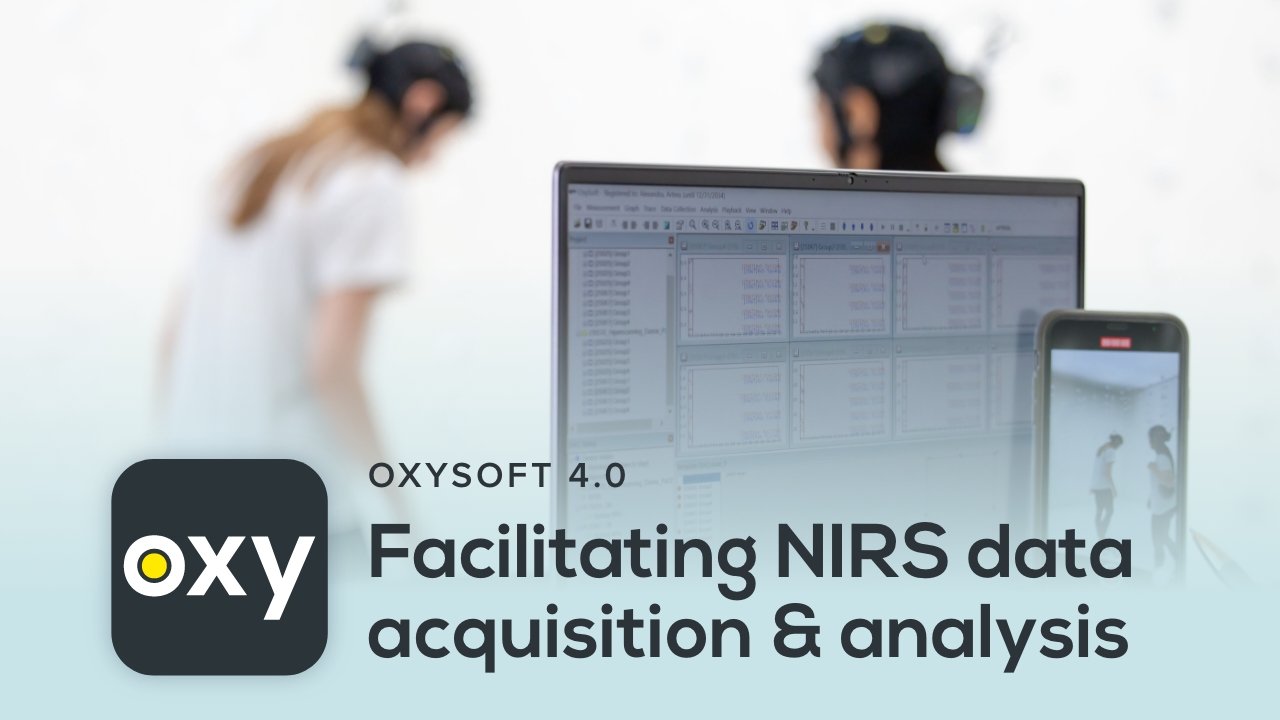
OxySoft 4.0 – Facilitating NIRS data acquisition and analysis
We are proud of the enhanced performance of our recently released NIRS monitoring software. In this blogpost, we list all exciting features included in OxySoft 4.0 and shortly explain, how they can be used.
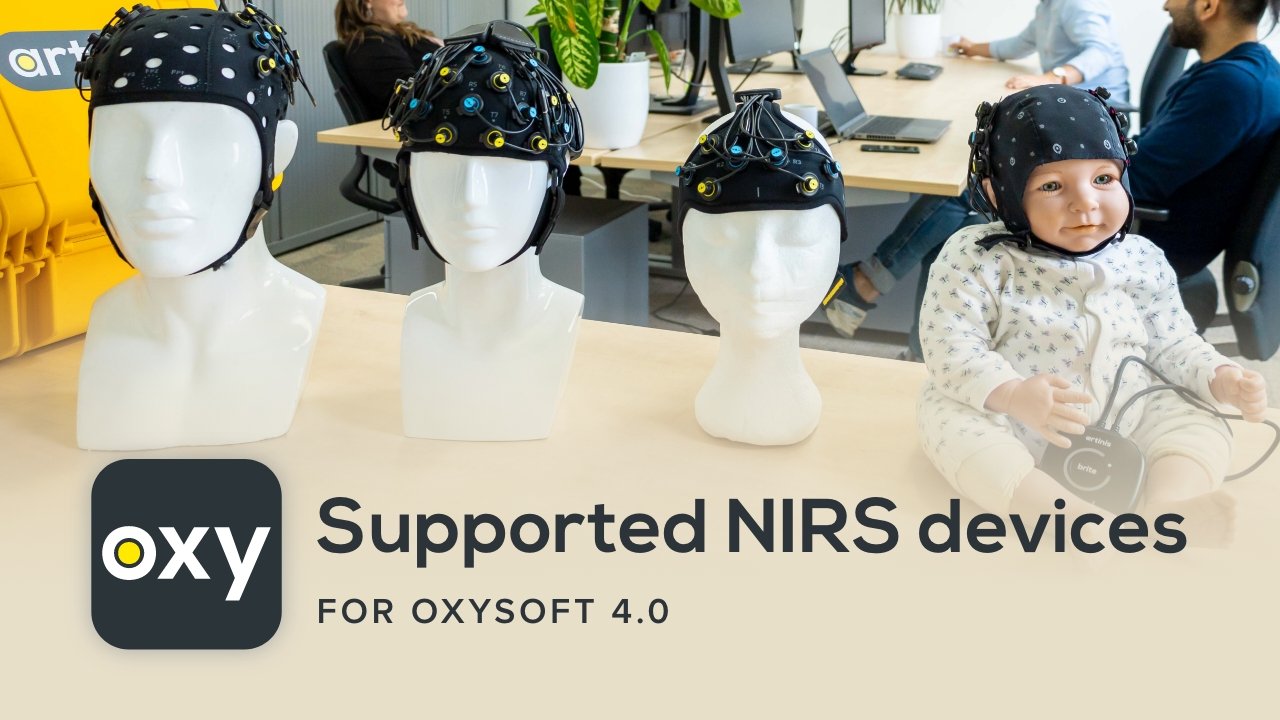
Supported NIRS devices for our elevated OxySoft 4.0
We are proud of the enhanced performance of our recently released NIRS monitoring software. In this blog post, we explain, which of our devices are supported in OxySoft 4.0 and higher.
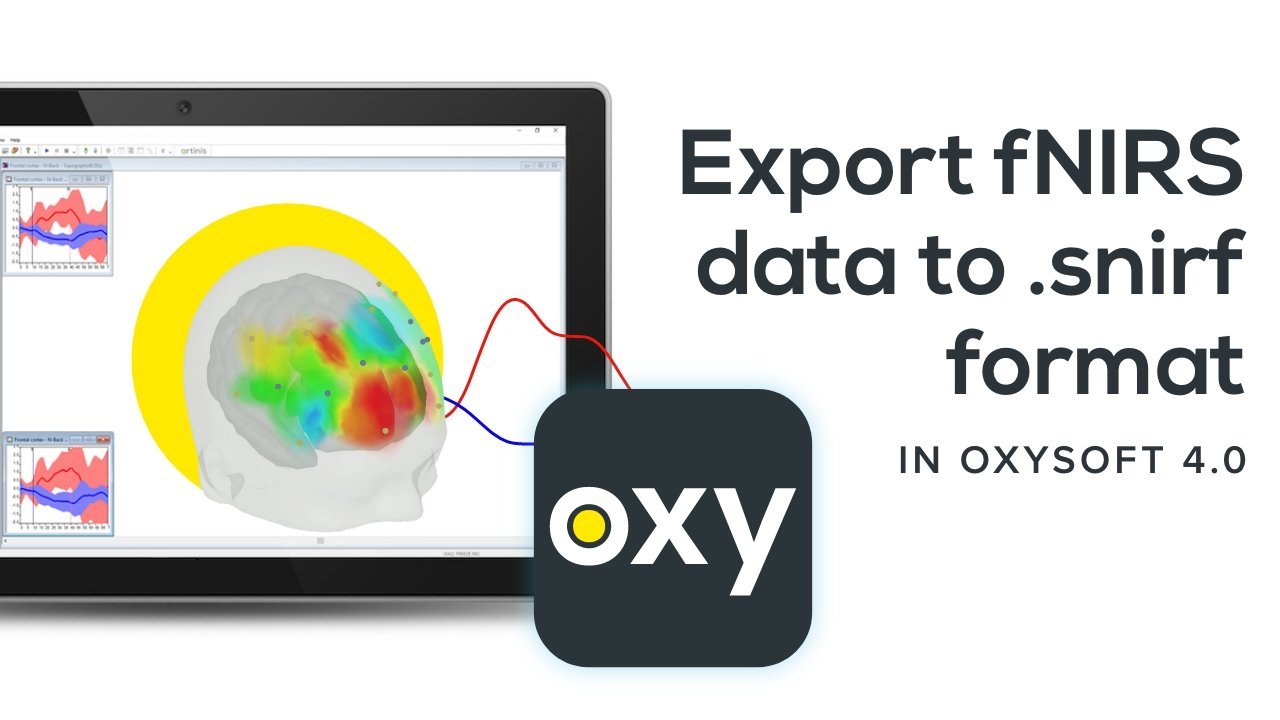
OxySoft 4.0 unlocks easy export of NIRS data to .snirf format
The shared near-infrared file format (.snirf) is a standardized data format that was developed by (f)NIRS researchers to facilitate the exchange and sharing of NIRS data. Read this blog post to learn more about the .snirf format and how to export your data directly to .snirf in our latest software OxySoft 4.0!
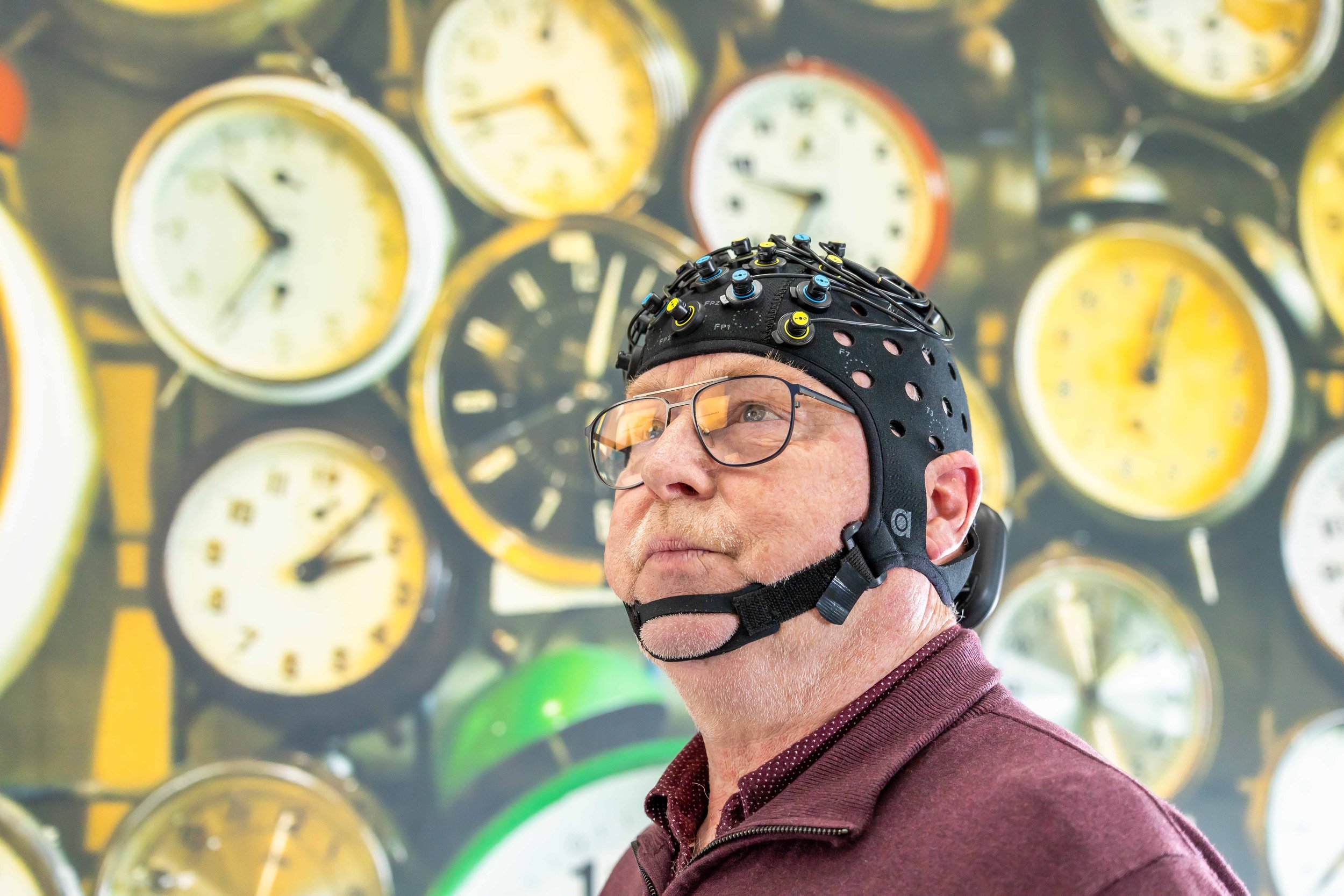
How Artinis fNIRS systems are ideal for monitoring the brain of sensitive participants
Functional Near-Infrared Spectroscopy is a neuroimaging modality measuring brain activity, that offers various advantages, such as easy usability and non-invasiveness. Thus, it can perfectly be applied to sensitive subjects, such as infants, toddlers, and the elderly. Read in this blog post, what makes fNIRS a suitable technology to measure neural activity in sensitive subjects, and how it is currently used in this population.
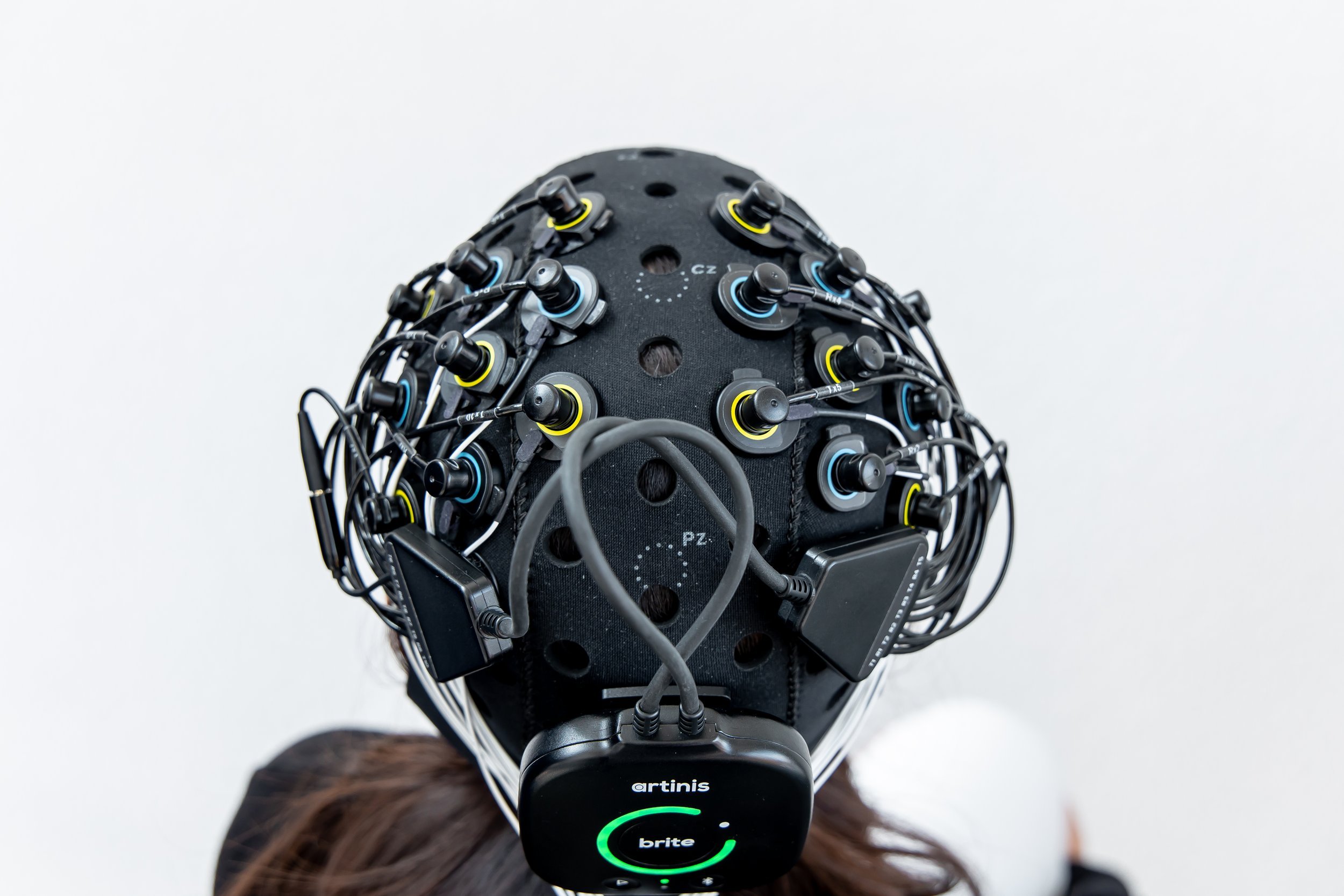
Multimodal fNIRS-EEG measurements — Integration on the head
When simultaneously measuring fNIRS and EEG, placement of both devices should ideally ensure proper coverage of the desired measurement location, minimize interference and take into account (technical) characteristics and basic of both techniques. Read this blog post to learn more about relevance of these points and further recommendations for integrating fNIRS and EEG on one head.
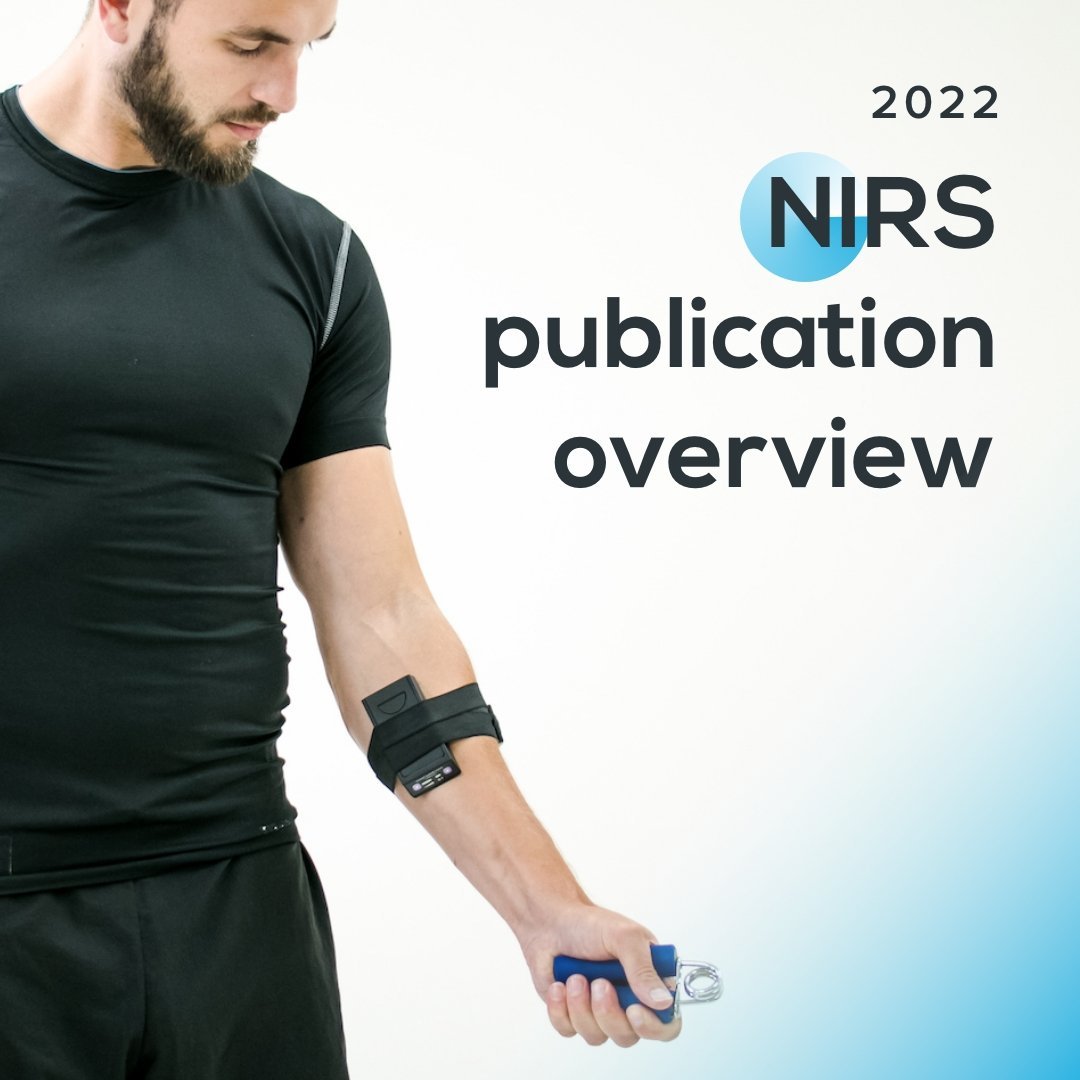
Publication Overview with our NIRS devices in 2022 – Muscle
We are proud that several papers using our NIRS devices to measure muscle oxygenation from different body parts and in various application fields were published in 2022. Read this blog post to get an overview of application areas NIRS can be used in, and which devices can be applied. Also, find highlighted publications per category that were performed with our devices in 2022.

Publication Overview with our NIRS devices in 2022 – Brain
We are proud that several papers using our (f)NIRS devices to measure brain activation from different cortical areas and in various application fields were published in 2022. Read this blogpost to get an overview of application areas (f)NIRS can be used in, and which devices can be applied. Also, find highlighted publications per category that were performed with our devices in 2022.
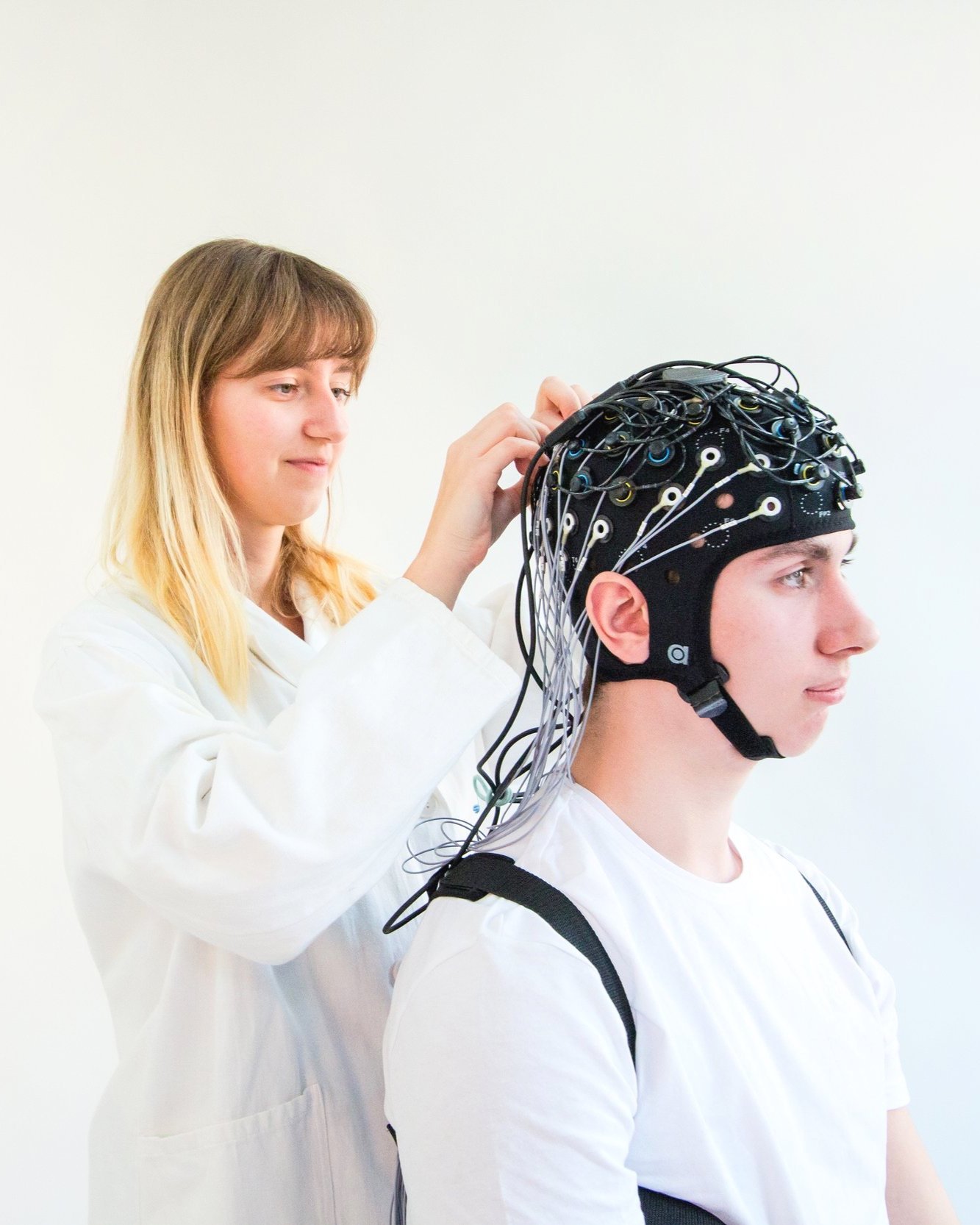
Multimodal fNIRS-EEG measurements — Staying in sync
In this second blog post, we discuss synchronization in multimodality. When using fNIRS and EEG simultaneously, synchronization of both data streams is crucial to achieve temporal correspondence between both signals. Read this post to learn more about how to get to the ideal synchronization solution for you, which can depend on different factors, such as device specifications, software capabilities and experimental setup.

Innovating Medical Research with a qualitative and sustainable working Culture
Medical and scientific research often requires state-of-the-art equipment that can deliver accurate and reliable results, and manufacturers that prioritize innovation and quality can provide the necessary tools to support scientific advancement. Artinis Medical Systems is an innovative Dutch company that is active in the field of medical research and quality assurance and also lives up to those quality standards. However, what makes us a leading company is sometimes beyond the instruments themselves…
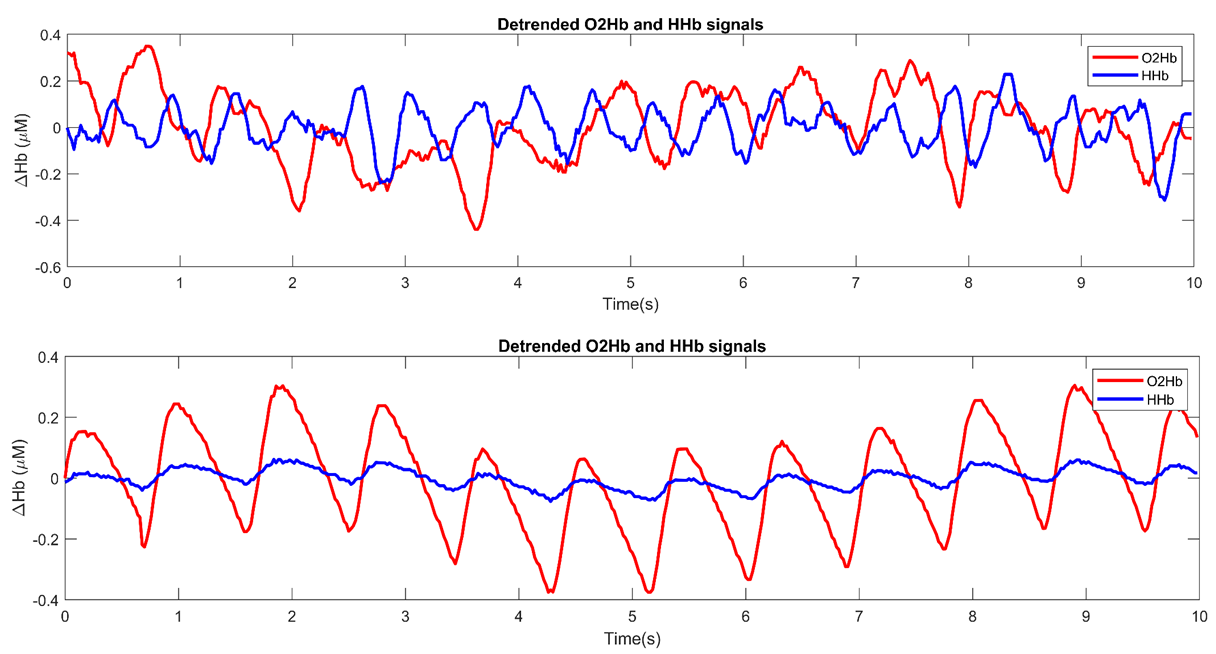
Assessing NIRS signal quality – Implementation of the Signal Quality Index (SQI)
Achieving good signal quality is crucial for (f)NIRS data acquisition and analysis, but often difficult to determine. Therefore, we developed an algorithm named SQI (Signal Quality Index) which rates NIRS signal quality. Read this blogpost to learn more on how this SQI is specified and how it can be implemented in your research.

Introduction to multimodal fNIRS — EEG measurements
In this blog post, we give an introduction to multimodality and explain the hallmarks, advantages, and challenges of combining fNIRS and EEG to measure brain activity. This is the first part of a blog post series on multimodality fNIRS-EEG measurements.

The use of Inertial Measurement Unit (IMU) to detect motion artifacts
Due to its portability, NIRS and fNIRS devices are often used to measure brain and muscle activity during studies that involve movement. To detect motion artifacts that might occur during these experiments, some of our devices, for instance, Brite and PortaLite MKII, incorporate an inertial measurement unit (IMU). Read this blog post, to learn more about the technology behind IMU and how it is used to detect motion artifacts.
